1921 Two Feathers FS-401 38451
I purchased the above coin raw and attributed from a fellow buffalo nickel variety collector. It is now graded XF45 and attributed Two Feathers variety by PCGS. I also own a raw 1921 2F, grading Very Fine. They likely were struck from different pairs of dies.
The 1921 Two Feather often is a true 2F with no trace of a third feather. The PCGS graded coin is a true 2F. Pope reports that there are at least three different 2F dies for 1921.
Die 1. Coin 1. 1921 2F PCGS XF45. The mint did a thorough job removing the third feather. The abrasion lines are very fine and run roughly parallel to the long feather. The mint was a little over zealous, however, removing the top of the neck creating a broken neck (line indicates normal curve of neck). There are no apparent wipe lines.
This coin likely was involved in multiple die clashes and abrasive clean ups. Besides the broken neck, on the obverse there is evidence of an under the throat and in front of the neck clash that was cleaned up nicely (similar very fine abrasion lines), a chin die clash resulting in a fuzzy appearance, a “tear” die clash in the field in front of the eye, together with heavy abrading in front of the eye over to the bridge of the nose. The latter creates a broken nose.
On the reverse, a very strong clash with EPU is apparent. The vertical section runs from the leg of the L in PLURIBUS to the South West corner of the E while the horizontal section runs near the base of a very mushy PLURIBUS.
Die 2. Coin 1. 1921 2F raw VF. This is a slightly later die state coin but has fewer die clashes present. Again the mint did a good job of removing the third feather, but they did miss a small amount. Tilted just right you can view an island of remaining material that does not resemble a feather. The abrasion lines are minimal and go in a variety of different directions. There are no apparent wipe lines.
On the obverse there also is some evidence of a cleaned up die clash under the chin – note its slightly different shape and how fuzzy/ill-defined it becomes near the neck. This appears to be the beginning of a “Drooping Chin” variety.
On the reverse there is a corresponding cleaned up EPU die clash with the corner of the clash near the base of the L in PLURIBUS. There also are what look to be flow lines over much of the reverse, here imaged from below UNUM. Likely they are due to this coin being from an old, over-used die.
What to look for.
The missing third feather is the primary and only significant feature to look for. Given the thoroughness of the abrading it should be relatively easy to spot.
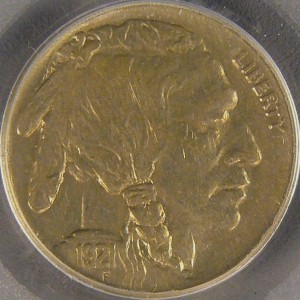

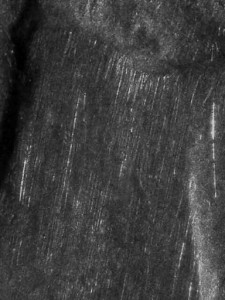



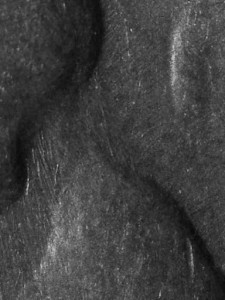



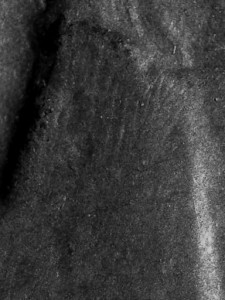

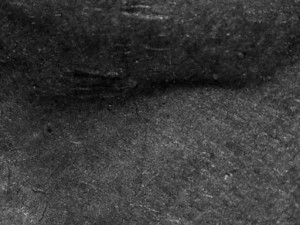
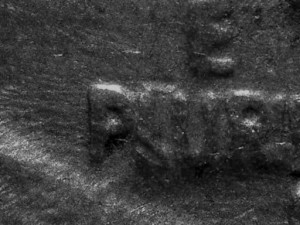
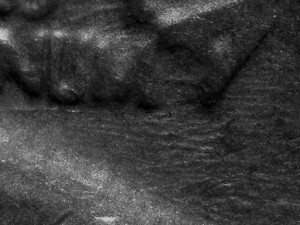
Leave a Reply
You must be logged in to post a comment.